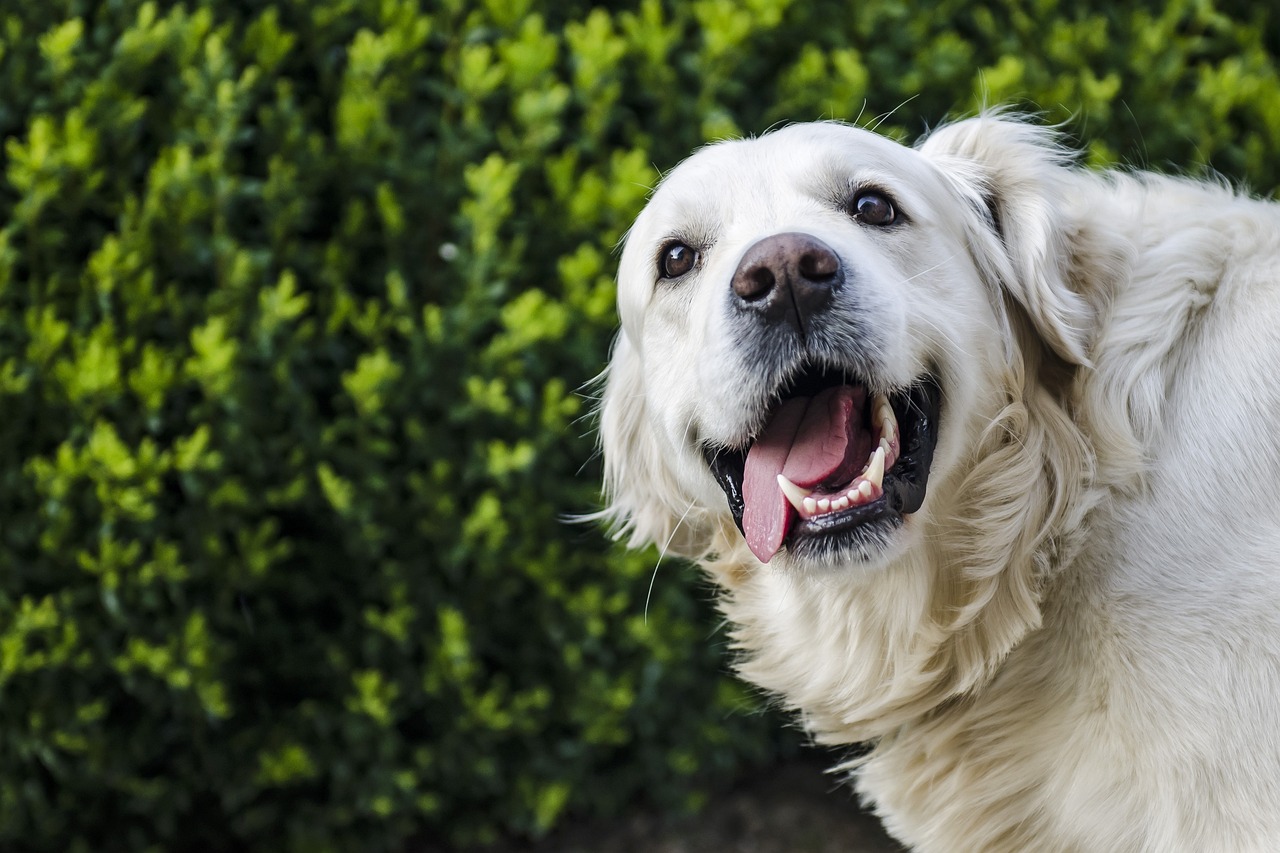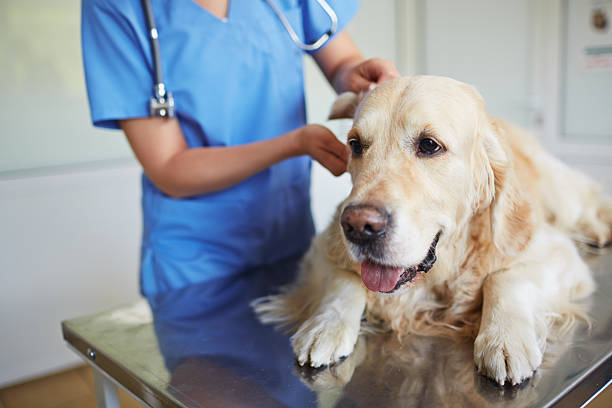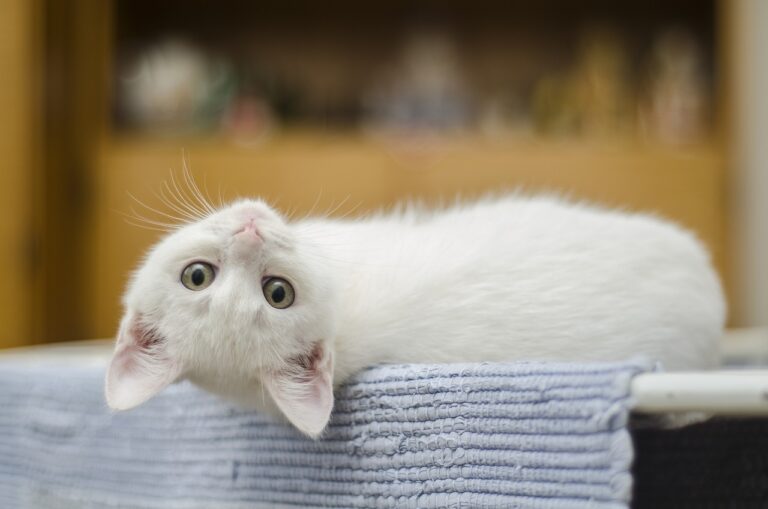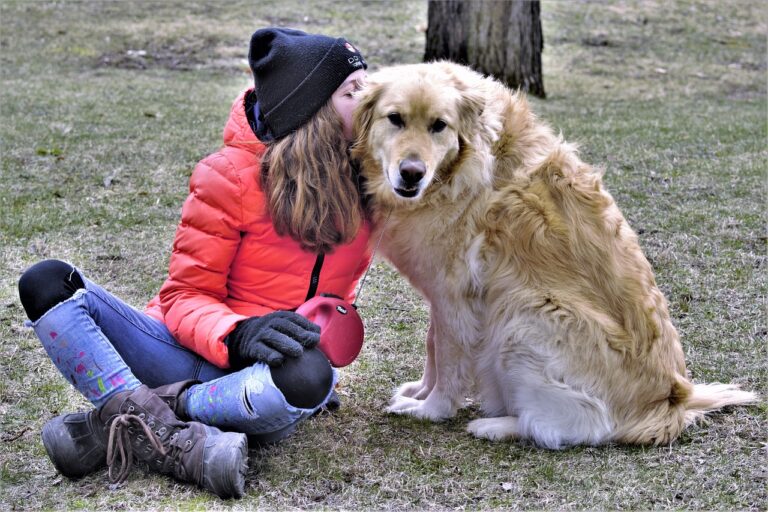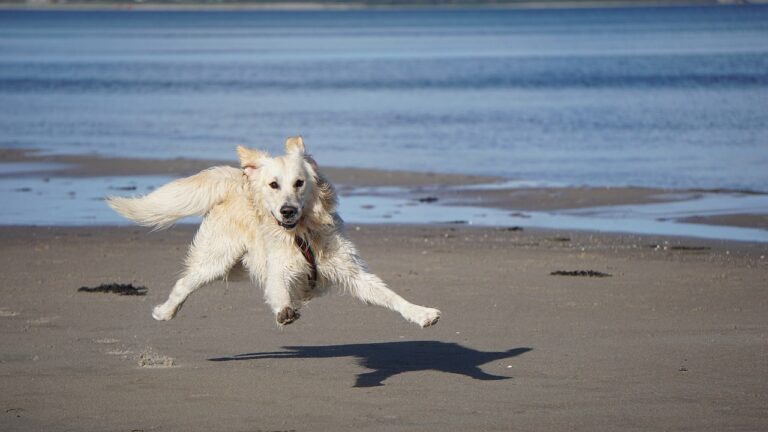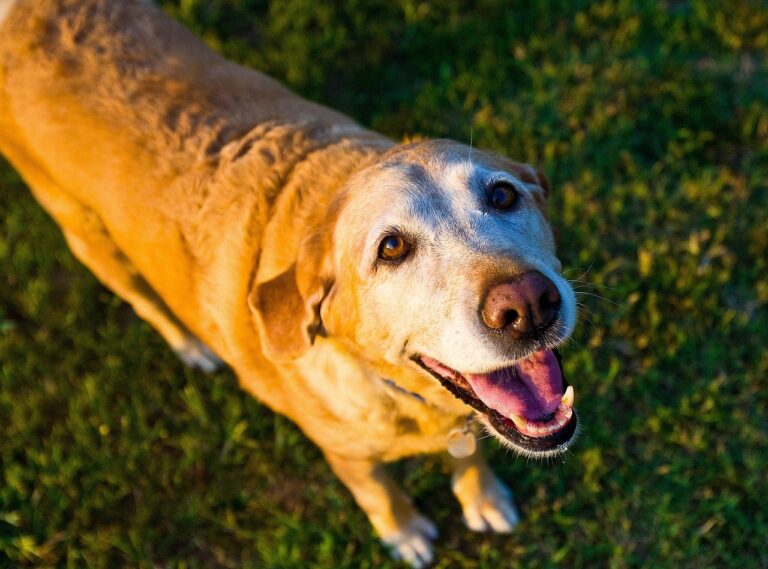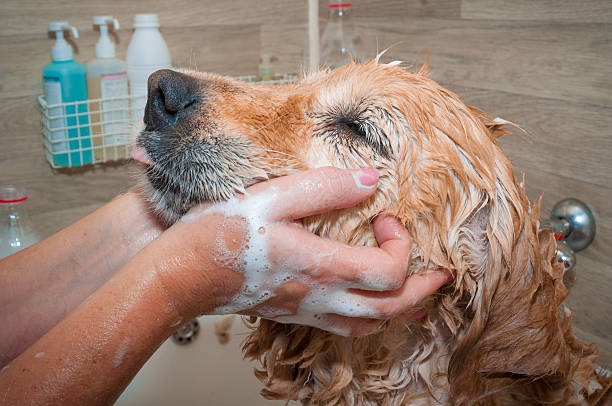Golden Retriever Care: How to Manage Shedding and Allergies
Golden Retrievers: An Overview
If you’re considering adding a furry friend to your family, Golden Retrievers are a popular breed worth considering. Known for their friendly and gentle nature, Golden Retrievers make wonderful companions for individuals and families alike. In this section, we will provide an introduction to Golden Retrievers and highlight some of their key traits and characteristics.
Introduction to Golden Retrievers
Golden Retrievers are medium to large-sized dogs that were originally bred as hunting companions. They have a distinctive golden coat that is dense, water-repellent, and typically requires regular grooming to keep it in good condition. One of the standout features of Golden Retrievers is their friendly and outgoing personality, making them excellent family pets. They are known for their loyalty, intelligence, and willingness to please, which makes them highly trainable. Golden Retrievers are also known for their love of water, as they were initially bred to retrieve waterfowl. If you’re interested in learning more about their affinity for water, check out our article on Golden Retrievers and water: building a safe and fun relationship.
Traits and Characteristics
Golden Retrievers possess several traits and characteristics that contribute to their popularity as family pets. Here are some of the key traits you can expect from a Golden Retriever:
- Friendliness: Golden Retrievers are known for their friendly and gentle nature. They tend to get along well with people of all ages, including children, and are usually welcoming towards strangers.
- Intelligence: Golden Retrievers are highly intelligent and eager to please. This makes them quick learners and well-suited for various training activities. Training classes can be beneficial for both you and your Golden Retriever, providing an opportunity for socialization and mental stimulation. To learn more about the benefits of training classes, check out our article on the benefits of training classes for Golden Retrievers.
- Adaptability: Golden Retrievers are generally adaptable dogs. They can thrive in various living situations, whether it’s in a spacious house with a backyard or a smaller apartment, as long as they receive sufficient exercise and mental stimulation.
- Playfulness: Golden Retrievers have a playful and energetic nature. They enjoy being active and participating in activities such as fetch, swimming, and hiking. Providing them with regular exercise opportunities will help keep them happy and healthy.
- Family-Oriented: Golden Retrievers are often referred to as “family dogs” due to their love for human companionship. They are great with children and tend to form strong bonds with their family members.
In addition to their friendly nature and positive traits, it’s important to consider the specific care requirements of Golden Retrievers. Regular grooming, exercise, and a nutritious diet are essential for their overall well-being. If you’re interested in learning more about essential care tips for Golden Retriever puppies, check out our article on essential care tips for Golden Retriever puppies.
Now that you have a general understanding of Golden Retrievers and their key traits, you can determine if this breed aligns with your lifestyle and preferences. If you’re ready to embark on the journey of bringing a Golden Retriever into your home, you can explore options such as reputable breeders or adoption from Golden Retriever rescue groups. For more information on these options, take a look at our articles on how to choose the right breeder for your Golden Retriever and Golden Retriever rescue groups and adoption options.
Shedding in Golden Retrievers
If you’re considering adding a Golden Retriever to your family or already have one, it’s essential to understand the shedding behavior of this breed. Golden Retrievers are known for their beautiful golden coats, but they also have a reputation for shedding. In this section, we will discuss the shedding cycle of Golden Retrievers and provide you with tips on managing shedding effectively.
Understanding the Shedding Cycle
Golden Retrievers have a double coat consisting of a dense, water-resistant undercoat and a longer, wavy or straight outer coat. Shedding is a natural process that occurs as part of the hair growth cycle. The shedding cycle consists of three phases:
-
Anagen Phase: This is the active growth phase, during which the hair follicles produce new hair. The length of this phase varies for each individual dog, but it generally lasts for several months.
-
Catagen Phase: In this transitional phase, the hair follicles stop producing new hair, and the hair shaft detaches from the follicle. This phase lasts for a few weeks.
-
Telogen Phase: Also known as the resting phase, this is when the old hair remains in the follicle while new hair starts to grow beneath it. Shedding occurs when the old hair is pushed out by the new hair. The duration of this phase can range from a few weeks to a few months.
It’s important to note that Golden Retrievers are moderate to heavy shedders throughout the year. However, they typically experience a more significant shedding event twice a year, commonly referred to as “blowing their coat.” During these periods, you can expect a substantial increase in shedding as the old hair is shed to make way for the new coat.
Tips for Managing Shedding
While shedding is a natural process, there are several strategies you can employ to manage it effectively. Here are some tips to help you keep the shedding under control:
-
Regular Brushing: Brushing your Golden Retriever’s coat regularly is one of the most effective ways to manage shedding. Use a slicker brush or a deshedding tool to remove loose hair and prevent it from spreading around your home. Aim to brush your Golden Retriever at least a few times a week, or even daily during shedding seasons.
-
Bathing: Regular bathing helps to keep your Golden Retriever’s coat clean and healthy. Use a gentle, dog-specific shampoo and conditioner that won’t strip the natural oils from their coat. Bathing can help remove loose hair and reduce shedding.
-
Proper Nutrition: Providing your Golden Retriever with a balanced diet that includes high-quality dog food can contribute to a healthy coat. Consult with your veterinarian to ensure your dog’s nutritional needs are being met.
-
Supplements: Some supplements, such as omega-3 fatty acids, can help promote coat health and reduce shedding. Consult with your veterinarian before adding any supplements to your dog’s diet.
-
Vacuuming and Cleaning: Regularly vacuuming your home and using lint rollers on furniture can help manage the hair that has already shed. It’s also a good idea to wash your dog’s bedding frequently to minimize the spread of loose hair.
Remember, shedding is a normal and unavoidable part of owning a Golden Retriever. However, by implementing these tips, you can reduce the impact of shedding on your home and keep your furry friend’s coat looking its best. For more information on Golden Retriever care, check out our article on essential care tips for Golden Retriever puppies.
Allergies and Golden Retrievers
Golden Retrievers are known for their friendly nature and make wonderful companions. However, it’s important to be aware of potential allergies that both you and your Golden Retriever may experience. In this section, we will explore common allergens and strategies for dealing with allergies in Golden Retrievers.
Common Allergens
Golden Retrievers can be prone to allergies, just like humans. Some common allergens that may affect Golden Retrievers include:
| Allergen | Description |
|---|---|
| Pollen | Pollen from various plants and trees can cause seasonal allergies in Golden Retrievers. |
| Dust mites | These microscopic creatures thrive in dust and can trigger allergic reactions in sensitive dogs. |
| Mold | Mold spores can be found in damp environments and may lead to allergies in Golden Retrievers. |
| Fleas | Flea bites can cause allergic reactions, leading to itching, redness, and discomfort for your Golden Retriever. |
| Certain Foods | Some Golden Retrievers may have food allergies, commonly to ingredients like wheat, corn, soy, or specific proteins. |
It’s important to monitor your Golden Retriever for any signs of allergies, such as excessive scratching, inflamed skin, sneezing, or gastrointestinal issues. If you suspect your dog has allergies, consult with a veterinarian for proper diagnosis and guidance.
Strategies for Dealing with Allergies
Managing allergies in Golden Retrievers requires a proactive approach. Here are some strategies to help alleviate allergy symptoms:
-
Regular Grooming: Regular brushing and bathing can help remove allergens from your Golden Retriever’s coat. Use a gentle, hypoallergenic shampoo that won’t further irritate the skin.
-
Allergy-Appropriate Diet: If food allergies are suspected, work with your veterinarian to identify and eliminate potential allergens from your Golden Retriever’s diet. Consider switching to a high-quality, hypoallergenic dog food that meets their nutritional needs.
-
Allergy Testing: In some cases, allergy testing may be recommended to identify specific allergens affecting your Golden Retriever. This can help you develop a targeted management plan.
-
Medications and Supplements: Your veterinarian may prescribe antihistamines or other medications to manage allergy symptoms. Additionally, omega-3 fatty acid supplements can help improve your Golden Retriever’s skin health and reduce itching.
-
Environmental Control: Minimize exposure to allergens by keeping your home clean. Regular cleaning and vacuuming can help reduce dust and other allergens in your Golden Retriever’s environment. Consider using air purifiers or HEPA filters to improve air quality.
-
Flea Prevention: Preventing fleas is crucial, as flea bites can trigger allergic reactions. Use flea prevention products recommended by your veterinarian to keep your Golden Retriever protected.
Remember, each Golden Retriever is unique, and what works for one dog may not work for another. Work closely with your veterinarian to develop an individualized allergy management plan for your furry friend.
By being proactive in managing allergies, you can help keep your Golden Retriever healthy, comfortable, and thriving.
Grooming Tips for Golden Retrievers
Proper grooming is essential for maintaining the health and appearance of your Golden Retriever. Regular brushing and bathing, along with proper coat care, can help keep your furry friend looking and feeling their best. Here are some grooming tips specifically tailored for Golden Retrievers:
Brushing and Bathing
Golden Retrievers have a thick double coat that requires regular brushing to prevent matting and minimize shedding. Aim to brush your Golden Retriever at least once or twice a week to remove loose hair and keep their coat in good condition.
When brushing, start with a slicker brush or a pin brush to gently remove tangles and mats. Work your way through the coat in sections, brushing in the direction of hair growth. Pay special attention to areas prone to matting, such as behind the ears and on the legs.
In addition to regular brushing, bathing is an important part of Golden Retriever grooming. Aim to bathe your Golden Retriever every 6-8 weeks or as needed, taking care not to over-bathe, which can strip the coat of its natural oils. Use a dog-specific shampoo that is gentle on the skin and coat.
Proper Coat Care
To maintain a healthy coat, it’s important to provide proper coat care for your Golden Retriever. This includes:
-
Trimming the hair between the paw pads: Regularly check and trim the hair between your Golden Retriever’s paw pads to prevent matting and the accumulation of debris.
-
Trimming the nails: Trim your Golden Retriever’s nails regularly to prevent them from becoming too long and causing discomfort or difficulty walking. If you’re unsure about how to do this, consider seeking the help of a professional groomer or veterinarian.
-
Cleaning the ears: Golden Retrievers are prone to ear infections, so it’s important to keep their ears clean and dry. Use a dog-specific ear cleaner and gently wipe the outer ear with a cotton ball or pad. Avoid inserting anything into the ear canal.
-
Checking for skin issues: Regularly check your Golden Retriever’s skin for any signs of irritation, dryness, or hot spots. If you notice any concerns, consult with your veterinarian for proper diagnosis and treatment.
By following these grooming tips, you can help maintain your Golden Retriever’s coat health and minimize shedding. Remember, grooming sessions also provide an opportunity for bonding with your furry friend, so make it a positive and enjoyable experience for both of you.
For more comprehensive tips on Golden Retriever grooming, including information on professional grooming and specific grooming tools, check out our article on golden retriever grooming essentials.
Creating an Allergy-Friendly Environment
If you or someone in your household has allergies, it’s important to create an environment that minimizes allergens and promotes the well-being of both your family and your Golden Retriever. By taking a few simple steps, you can significantly reduce allergens in your home and alleviate potential allergy symptoms.
Regular Cleaning and Vacuuming
Regular cleaning is essential for maintaining an allergy-friendly environment. Dust, pollen, and pet dander can accumulate on surfaces and contribute to allergies. Here are some cleaning tips to help minimize allergens:
- Dust surfaces, including furniture, shelves, and blinds, regularly using a damp cloth or microfiber cloth to trap allergens effectively.
- Vacuum carpets, rugs, and upholstery frequently with a vacuum cleaner equipped with a HEPA filter. This type of filter can capture small particles and help prevent them from being released back into the air. Don’t forget to vacuum your Golden Retriever’s favorite resting spots as well.
- Wash bedding, including your dog’s bed, in hot water regularly to eliminate allergens.
- Consider using allergen-proof covers on pillows and mattresses to provide an additional barrier against allergens.
Minimizing Allergens in the Home
In addition to regular cleaning, there are several other measures you can take to minimize allergens in your home:
- Establish pet-free zones in your home, such as bedrooms, to limit exposure to allergens. This can help create a designated space for allergy sufferers where they can find relief.
- Use air purifiers with HEPA filters throughout your home to filter out allergens and improve air quality.
- Keep windows closed during high pollen seasons to prevent outdoor allergens from entering your home.
- Wash your Golden Retriever’s paws after outdoor activities to remove potential allergens they may have picked up.
By incorporating these cleaning practices and allergen-minimizing strategies into your routine, you can create a more allergy-friendly environment for both your family and your Golden Retriever. Remember, it’s important to consult with a healthcare professional if you or a family member experiences severe allergies or asthma symptoms. For more tips on Golden Retriever care, check out our article on essential care tips for Golden Retriever puppies.
Seeking Professional Help
Taking care of your Golden Retriever’s shedding and allergies can sometimes require the expertise of professionals. Consulting a veterinarian and working with a professional groomer can provide valuable guidance and assistance in managing these issues effectively.
Consulting a Veterinarian
If your Golden Retriever is experiencing excessive shedding or allergy symptoms, it’s essential to consult a veterinarian. A veterinarian can help determine the underlying cause of the shedding or allergies and recommend appropriate treatment options.
During your visit, the veterinarian may perform tests to identify any potential allergies or underlying health conditions contributing to the shedding. They may also provide recommendations on dietary changes, supplements, or medications that can help alleviate the symptoms. Additionally, they can guide you on implementing a proper grooming routine to minimize shedding and maintain a healthy coat.
Remember to communicate any concerns or observations you have regarding your Golden Retriever’s shedding or allergies. This information will assist the veterinarian in making an accurate diagnosis and developing a personalized treatment plan for your furry friend.
Working with a Professional Groomer
A professional groomer can be a valuable resource when it comes to managing your Golden Retriever’s shedding and maintaining a well-groomed coat. They possess the knowledge and experience to handle different coat types and can provide specialized care to minimize shedding.
A professional groomer can offer a variety of services, including regular brushing, deshedding treatments, and coat maintenance. They can also provide advice on the appropriate grooming tools and techniques to use at home between grooming sessions.
When selecting a professional groomer for your Golden Retriever, ensure they have experience working with the breed and are well-versed in handling shedding and allergy-related grooming needs. Recommendations from other Golden Retriever owners or your veterinarian can help you find a reputable and reliable groomer in your area.
By seeking professional help, you can receive expert guidance and support in managing your Golden Retriever’s shedding and allergies. Remember to continue implementing the tips for managing shedding and allergies discussed earlier in this article, in conjunction with the advice from professionals, to ensure the well-being and comfort of your beloved Golden Retriever.
